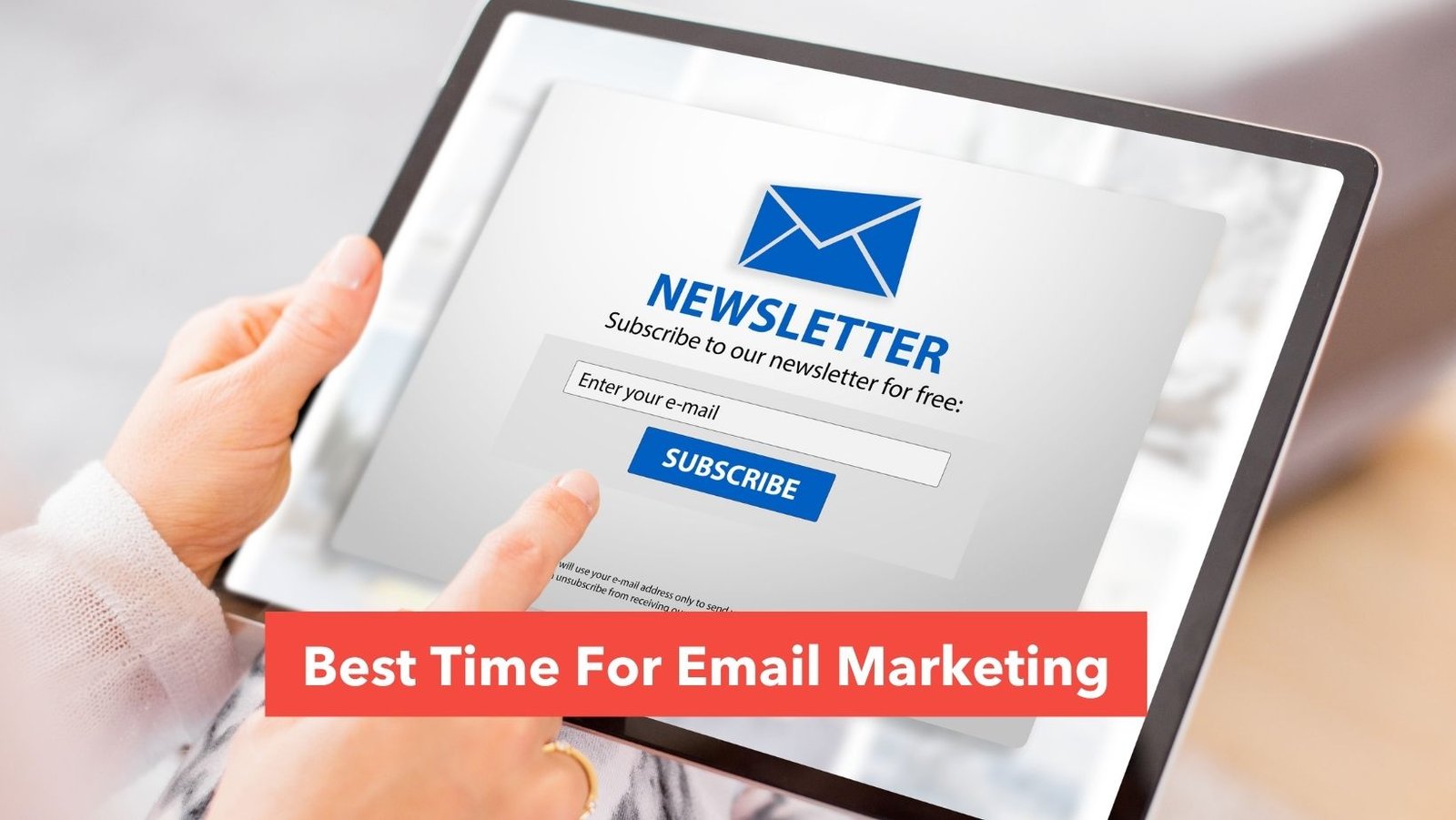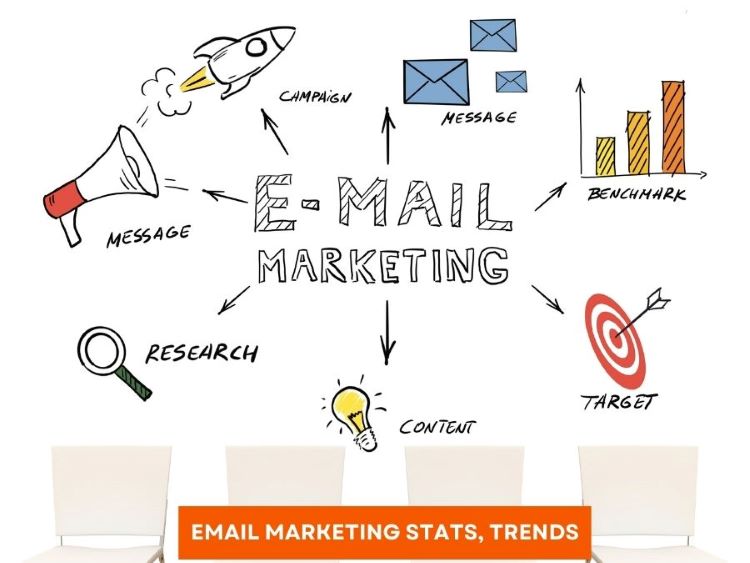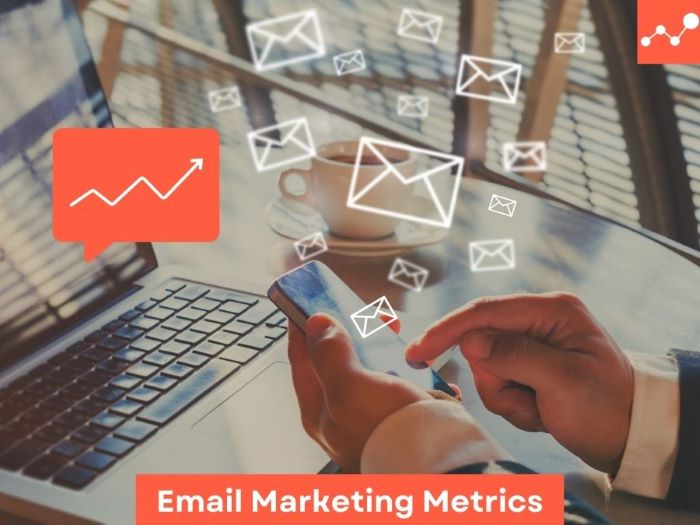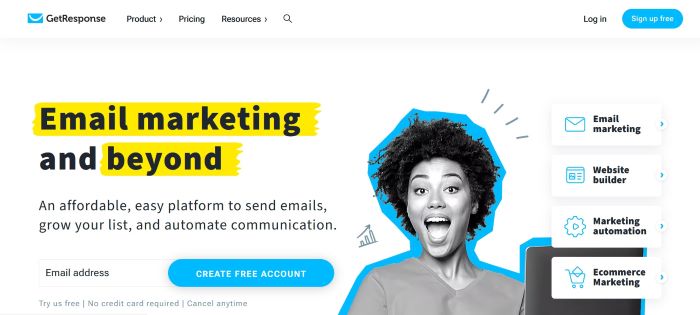Best Time For Email Marketing (9+ Points To Know)
Email marketing strategies benefit greatly from strategic timing. (Knowing the optimal days and times to send your emails can have a major impact on open rates, click-through rates, and overall engagement in a world where inboxes are bombarded with innumerable emails every day.
As a marketer you may improve the effectiveness of their communications by learning the science of email scheduling and sending their messages at the optimal time, when their receivers are most receptive. This article will examine what is the best time for email marketing, the elements that influence email timing, address the necessity of audience segmentation and highlight the importance of testing and evaluating email timing data, as well as explore the ideal days and times to send emails.)

Even if you take the effort to write a fascinating email with an attention-grabbing subject line, it may go unread if it arrives in the recipient’s inbox at a bad moment. The average individual receives a deluge of emails every day, so strategically placing your message can help it stand out and be read. In this piece, we will discuss how timing can make or break your email marketing campaign, and how to manage your email sending schedule for maximum open rates and reader engagement.
Best Time For Email Marketing
Analyzing Email Click-Through Rates
It’s crucial to grasp the idea of email open rates before delving into the optimum days and times to send emails. The open rate of an email is the fraction of its intended readers who actually click through to read the message. It’s a crucial indicator for gauging the success of your email marketing campaign and the interest of your target demographic.
Email Open Rates: What They Are and Why They Matter
It’s crucial to grasp the idea of email open rates before delving into the optimum days and times to send emails. The open rate of an email is the fraction of its intended readers who actually click through to read the message. It is a crucial indicator for gauging the success of your email marketing campaign and the interest of your target demographic.
Time of day affects email open rates
Email open rates are heavily influenced by timing. Remember that you are most likely to check and respond to emails when you have a few minutes and a clear inbox. Emails work best when recipients are most inclined to read and act on them.
Timing Considerations for Email
The best time of day to send emails can vary depending on a number of factors. The demographics of your intended audience are an essential factor to think about.
Population Characteristics
When it comes to email, people of various ages and occupations have developed their own quirks and routines. If you know how your target audience typically behaves, you can reach them at the most optimal moments.
Specifics of the Industry
There are additional sector-specific factors to think about. If your intended audience consists of finance industry workers, sending emails to them during their workday may yield better results. However, if your target demographic is comprised primarily of stay-at-home parents, evenings and weekends may be the best time to reach them.
Location-based factors
Geographical factors should also be taken into account. Email marketing can be severely hindered by time zone differences if your target audience is spread throughout the globe. The open rate and click-through rate of your emails will increase dramatically if you send them when your receivers are awake.
Good Times to Send Emails
The ideal days to send emails have been studied extensively. Although there is no “right” answer, these research are enlightening. Tuesdays and Thursdays, when people are comfortable with the workweek but not overstimulated by the weekend, have higher open rates.
The most productive days for sending emails: a study
When deciding which days are optimal to send emails, it is essential to take into account your specific business and intended audience. You may learn which days have the highest open and click-through rates by doing A/B tests and monitoring your own email performance stats.
Influencing factors of the optimal days to send emails
Competition, seasonality, and even current events can all have an impact on when sending an email will yield the best results. The success of your email marketing campaign depends on your ability to adapt to new information and comments in a timely manner.
Email marketing relies heavily on being timely. Optimal days and times to send emails can be determined by learning about your audience, taking into account aspects unique to your sector, and evaluating data. Don’t forget the importance of timing when sending an email to your target demographic.
Studying the optimal times for sending emails
In the realm of email marketing, timing is of the essence. If you spend too much time perfecting an email and then send it at the incorrect moment, it may never be seen. What time of day is optimal for sending emails?
Many studies have examined the ideal time of day to send emails. Studies can provide some important information, but there is no magic solution. Tuesday, Wednesday, and Thursday are peak email days. Monday through Wednesday is when most people have formed their weekly work patterns and are more likely to check email.
Time Zones
Remember that your readers may be in different time zones. You must consider this to send the most effective emails. Unfortunately, some of your readers may have received your beautifully crafted message at 3 a.m., when they were asleep or buried in other emails.
Many email marketing tools provide a feature that allows you to send emails during optimal times for your target audience, regardless of their location. This manner, your emails will arrive at a decent time for all recipients, no matter where they are in the world.
Segmenting your audience is crucial.
By using different criteria, you can divide your subscribers into smaller subsets, or “segments.” You may adjust the timing of your emails based on the preferences of different segments by examining data like demographics, buy history, and engagement levels. Since most people check their email around lunchtime, there’s no point in sending an email announcing a flash sale.
Research can help you understand general trends, but you must always keep in mind that your target audience is one of a kind. Not all subscribers will benefit from the same strategies. Audience segmentation is essential in this case.
Time-based preferences as a basis for segmentation
Different considerations should be taken into account when dividing your target audience into time-sensitive subsets. Do most of your readers check their inboxes during working hours, or do they stay up late and peruse their inboxes on the weekend? Do you have customers in different time zones who need to be accommodated?
Recognizing these distinctions will aid in the development of segments and the scheduling of emails. You may even try out several segment timing tactics to find the one that works best for you, allowing you to fine-tune your approach.
A/B testing’s impact Best Time For Email Marketing
Although research and segmentation can provide helpful direction, nothing beats the immediate feedback from your own email marketing. You may compare the efficacy of many variables, including scheduling options, with the use of A/B testing.
Send the same email to two or more groups at various times to conduct an A/B test. See which time strategy works best by comparing open rates, click through rates, and conversion rates. Don’t be scared to try new things and adjust as you go.
Data mining for Best Time For Email Marketing
Spend some time analyzing the information obtained from your email marketing initiatives. You can improve the timeliness of your emails by looking for trends and patterns. When do you see the most interaction from your followers? Is there a significant enough variation between markets to warrant developing distinctive approaches?
Your email marketing efforts can be improved by monitoring your data in real time and making data-driven decisions about when to send emails.
Best Time For Email Marketing – Conclusion
Email marketing campaigns that make good use of timing tend to do the best. While broad studies might provide some direction, the secret to perfect email timing is in knowing and catering to your specific target. You may improve the timing of your communications and the likelihood of them being read by using A/B testing and statistical analysis. Feel free to try new things, but always remember to keep an eye on the data to make sure your emails are delivered at the optimal moment.
Jason is an email and automation expert with over 7+ years of experience. He has worked with several SaaS companies to help them scale their revenue. Jason's first love is mountains.







